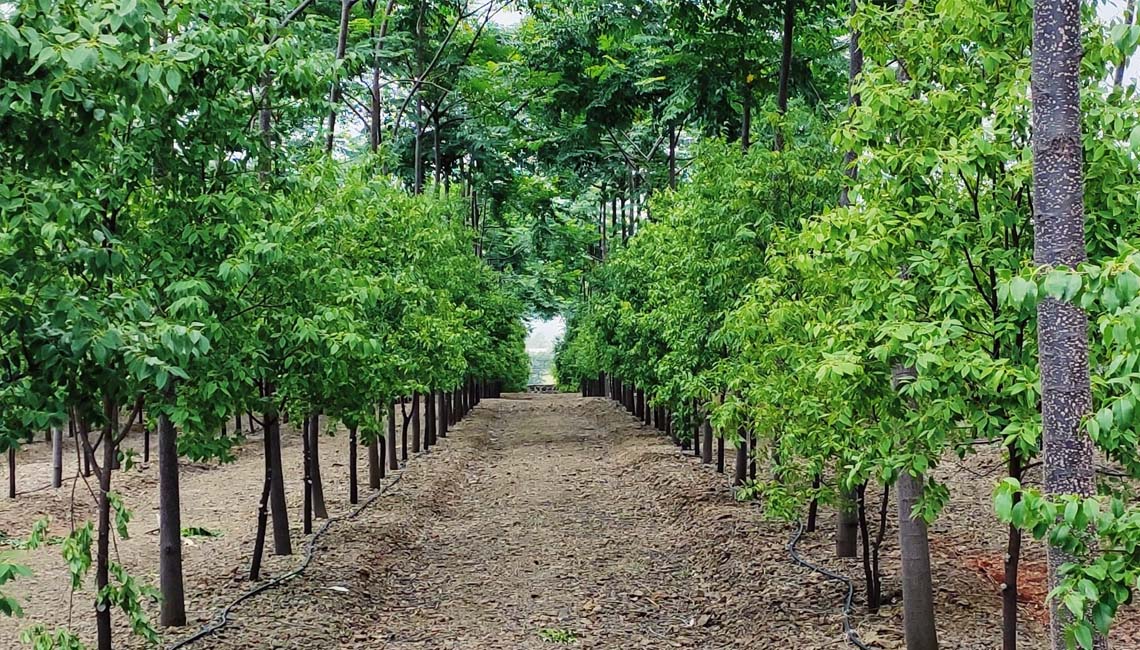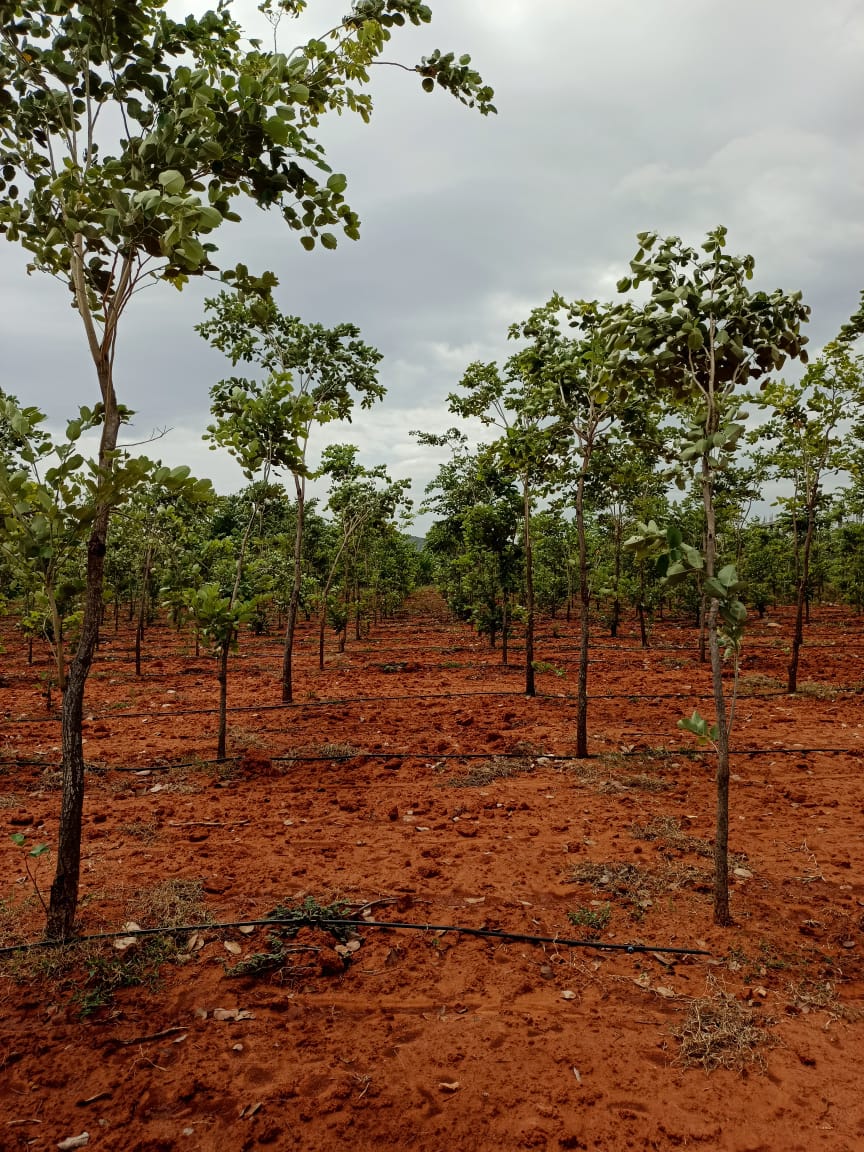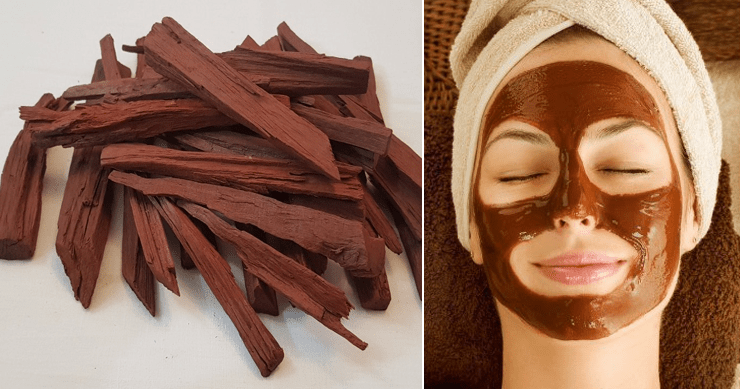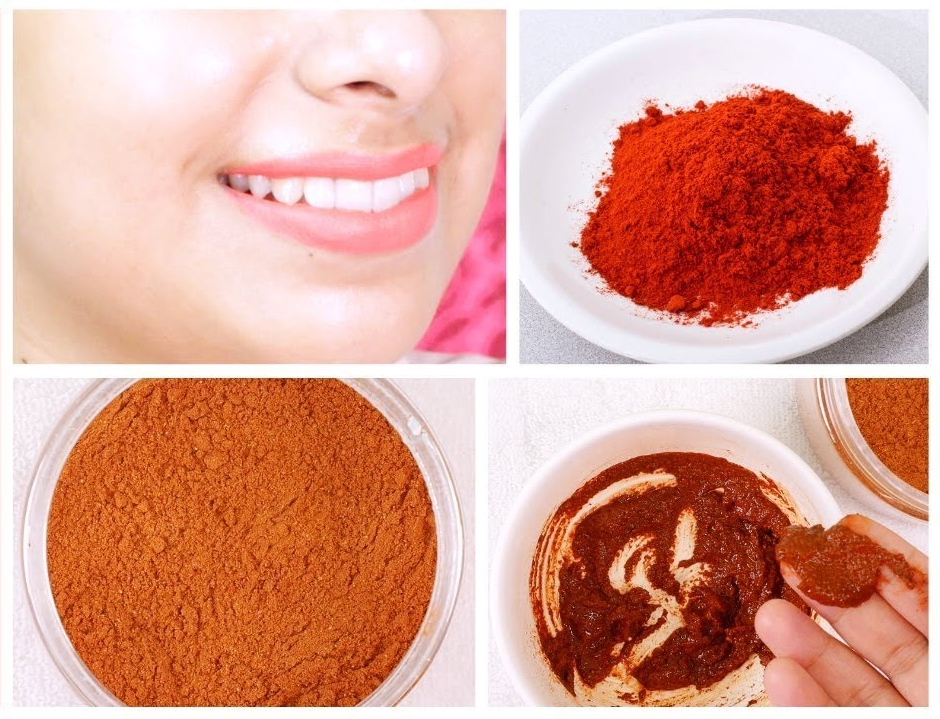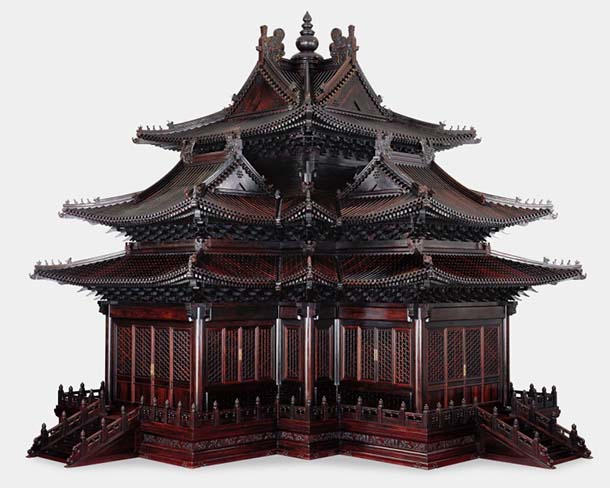Why Red Sandalwood has the highest demand?
Where it is found?
Red Sandalwood is native and endemic to India and can only be found in the Seshachalam hills of the southern Indian state of Andhra Pradesh. It was listed as an Endangered species by the IUCN, Because of overexploitation for its timber in South India.
Dry land farmer’s export item
- One of very few item for dry land farmer to export
- Farmers also will become crore-pathi & respected
History and tradition
Sandal wood is a prized gift of the plant kingdom woven into the culture and heritage of India. It is one of the most valuable trees in the world
- The natural distribution of sandalwood extends from 300 N TO 40O S From Indonesia in the east to Juan Fernandez Islands (Chile) in the west and from Hawaiian Archipelago in the north to New Zealand in the south
- It is a small to medium-sized hemi parasitic tree, distributed rather widely in India. The populations are more concentrated in the southern region, especially Karnataka, Tamil Nadu and Kerala. For more than 5000 years, India has been the traditional leader of sandalwood oil production for perfumery and pharmaceuticals
- The aroma of the oil and the wood is esteemed by people belonging o three major religions of the world
Importance
- The wood at the center of the trunk (heartwood) and the bark are used as medicine. People use red sandalwood for conditions such as cancer, wounds, digestive tract problems, fluid retention, and many others
- For use in cosmetics and medicinal products as well as for making furniture, woodcraft and musical instruments
- The timber is highly demanded domestically and internationally, and especially in East Asian countries. Red Sandalwood timber is used for carvings, furniture, poles, and house posts.
- It is highly valued in japan for its aousti properties and is used to make musical instruments.
Medicinal & Cosmetic use
- Red sandalwood is used for treating digestive tract problems, fluid retention, and coughs; and for blood purifications
- Red sandalwood has antiseptic and antibacterial effects and has been utilized in ancient medicine to treat many severe and chronic infections. Sprinkling red sandalwood powder on wounded skin has proven a quick remedy for many bacterial infections
- The red sandalwood is on the finest ingredients for your skin. It is primarily used for skin care and beauty purposes.
- It very effective in treating blemishes, rashes and acne.
- It also helps in the removal of tan and dullness because of its cooling properties.
Medicinal uses
- Red sandalwood is a tree. The wood at the center of the center of the trunk (heartwood) is used as medicine. Red sandalwood was traditionally used as a diuretic, anti-diarrhea and stomachic but in modern times it is used as a natural dye to color herbal mixtures and toothpaste and has become on the most popular natural dyes used today.
- Red sandalwood is used for treating digestive tract problems, fluid retention, and coughs; and for “blood purification”
Sandalwood powder Benefits
- Prevents and cures pimples
- Reduces wrinkles and signs of aging
- Heals dry skin
- Enhances skin brightness
- Removes blemishes
How does China use red sandalwood as a coolant in nuclear reactors?
China has been researching the use of red sandalwood as a coolant in nuclear reactors for a number of years. It is believed that the unique properties of red sandalwood make ¡t an ¡deal material for use in nuclear reactors, as it ¡s able to withstand high temperatures and radiation. One of the main advantages of red sandalwood as a coolant is its ability to absorb large amounts of heat without undergoing significant thermal expansion. This allows it to efficiently transfer heat away from the reactor core, keeping it at safe temperatures. Additionally, red sandalwood has been found to have a low neutron absorption cross-section, which means it is less likely to cause nuclear reactions to occur within the coolant. This makes it a safer choice than other materials, such as boron carbide, which are commonly used in nuclear reactors.Overall, red sandalwood is a promising material for use ¡n nuclear reactors due to its heat absorption and radiation resistance properties. However, it’s important to note that this technology is still under research and it’s not yet commercially used.
Red sanders, a Medicine, Benefits World
- High demand in china as Immunity medicine
- China / Japan uses in Atomic power plants, a Secret
- Japan uses for bride’s Musical instrument
- Europe / US uses as Food dye / spices
- China uses for furniture- Status symbol
- India ses little in Ayurveda / Sidha medicine
- Used in Dye Sensitized Solar penels, better efficiency




